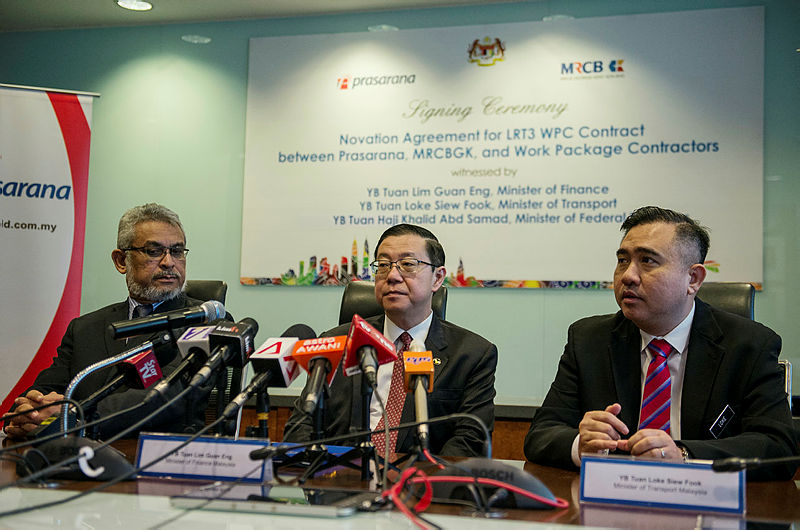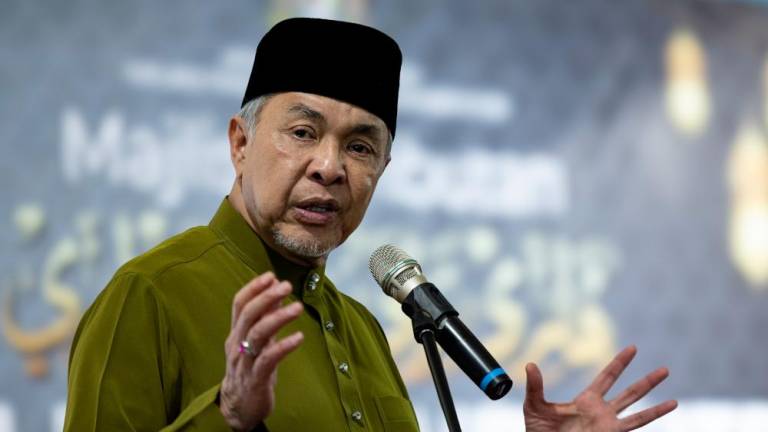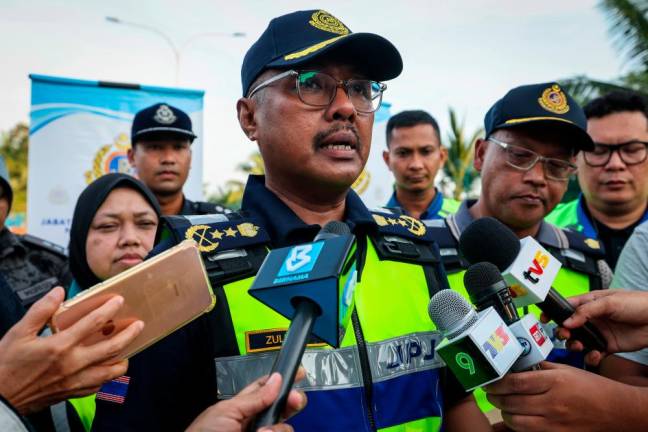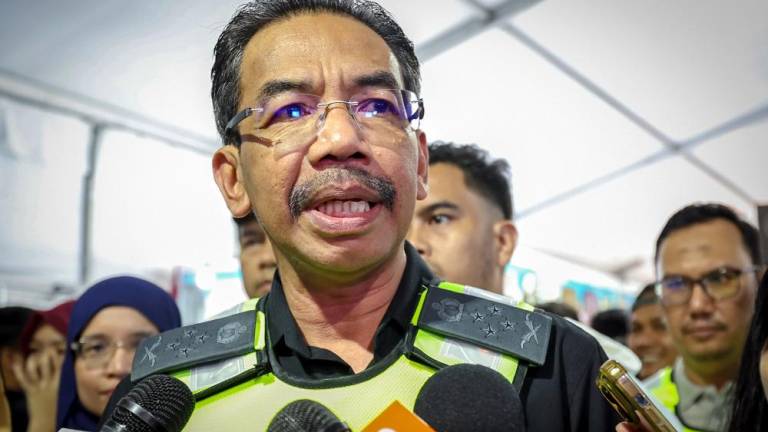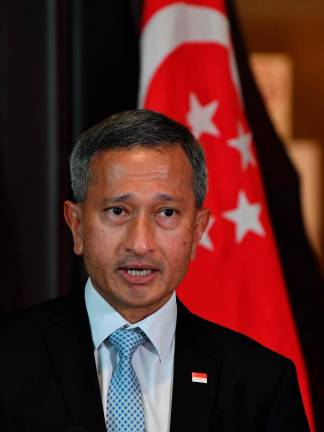KUALA LUMPUR: The novation agreement for the Light Rail Transit 3 (LRT) signed today, that will see the cost of construction reduced by RM15.02 billion, will ensure cheaper fares for consumers once the service is open to the public.
Finance Minister Lim Guan Eng said this reduction in construction cost, from the initial RM31.65 billion to RM16.63 billion following a rationalisation plan, would indirectly lead to an increase in ridership.
“As a public transportation system, I believe ticket prices should be at an affordable rate,” he told a press conference after the signing ceremony of the novation agreement for LRT3, here, today.
“There’s no use to have nice transportation system, if it is empty and not utilised by the public due to extremely high fares caused by the uncontrolled construction cost
“You must remember when cost reduces, fares will also be cheaper. There is a strong link between the two,” he added.
Lim said following the agreement today, the new completion date for the Bandar Utama-Klang line project was set for Feb 28, 2024.
The LRT3 project started in August 2015 with an initial budget of RM10 billion before Prasarana Malaysia Berhad informed the Finance Ministry in March last year that the cost has ballooned to RM31.65 billion.
Following Pakatan Harapan’s (PH) election victory, Lim instructed Prasarana to rationalise the scope of the project to reduce cost and to change the model from project delivery partner (PDP) regime to the current Fixed Price Contract.
Commenting further on the agreement today, Lim assured that despite the cost reduction by 47%, the government would not compromise on the quality of the service.
“We will implement stringent quality control to ensure there will be no reduction in quality and that the contractors don’t cut corners. And this will be stringently employed,” he said.
Lim also said the decision to reduce the number of trains from 42 sets of 6-car trains to 22 sets of 3-car trains was made based on the projected ridership when the line opens in 2024, and that this would be increased should there be higher demand in the future.
“In the event there is better than expected ridership, we will adjust accordingly. Similarly if ridership is low, then we will extend the period before increasing the number of trains,” he said.



